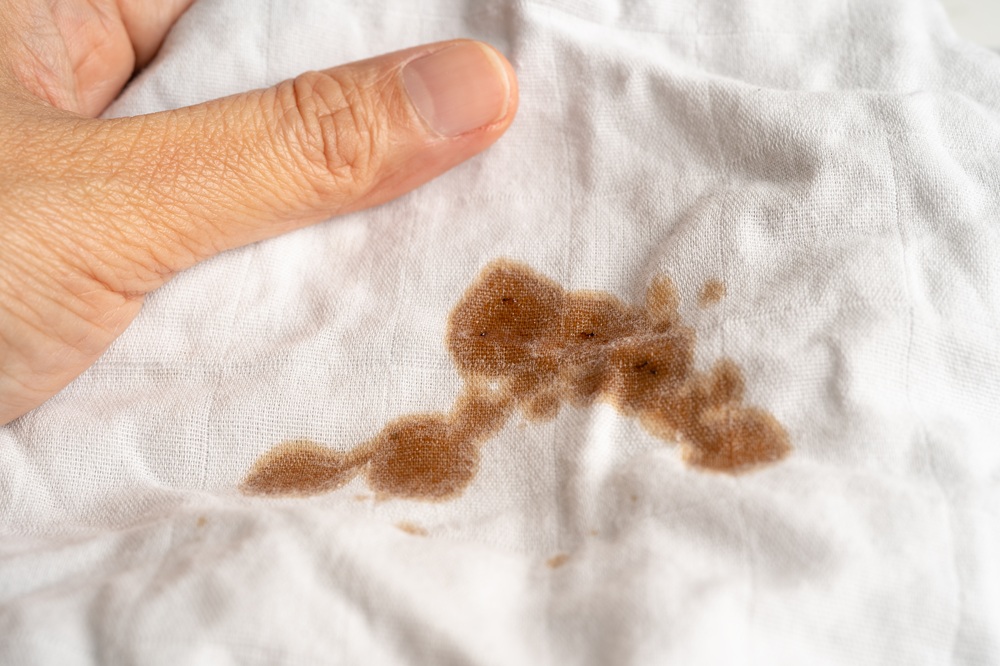Five Myths About Dry Cleaning You Should Stop Believing

Everyone’s heard a laundry myth or two, such as the idea that detergent works better in larger amounts. Dry cleaning is no different. Too often, customers walk into a dry cleaner holding on to old “rules” or scary stories they’ve heard, without ever really understanding how dry cleaning works.
As a result, many people overlook how much the industry has changed. Today’s dry cleaners use advanced equipment, eco-friendly solvents, and precise techniques to deliver better results than ever.
So let’s clear the air with a closer look at the myths that need to be left behind.
1 of 5 | Dry Cleaning Shrinks Clothes
"I’d take this in, but I’m worried dry cleaning will shrink it."
This idea usually comes from mixing up everyday laundry problems with professional cleaning. People remember sweaters shrinking in the wash or fabrics warping in the dryer, and assume the same happens at the cleaner.
The reality is different: modern dry cleaning is designed to protect delicate fibers, with controlled methods that prevent the kind of shrinkage that happens in water-based home laundry.
The Truth: Water Shrinks Fabrics, but Solvents Don’t
Shrinkage typically happens when fibers such as wool, cotton, or linen absorb water, swell, and then contract when exposed to heat in a clothes dryer. Since dry cleaning does not use water as its main cleaning agent, the risk is minimized.
- Wool sweaters, for example, are much safer in dry cleaning than in hand washing.
- Professional cleaners also regulate temperature carefully to protect fibers.
Before the cleaning cycle begins, every garment is inspected for fabric content and potential risks. This step helps cleaners choose the right solvent, temperature, and pressing method.
- Labels marked “dry clean only” signal that the fabric should not be exposed to water.
- Customers can request extra care instructions for sensitive textiles.
2 of 5 | It’s Only for Luxury Items
"I thought dry cleaning was just for designer clothes and fancy fabrics."
While high-end fabrics benefit the most from professional care, everyday clothing also deserves the same treatment. In fact, cotton shirts, denim, sweaters, and even household items like curtains and duvets can be professionally cleaned.
Everyday Garments That Benefit From Dry Cleaning
Clothes don’t have to be “fancy” to need solvent-based cleaning. Items made from everyday fabrics still face challenges water can’t solve.
- Cotton shirts with oil stains respond better to solvents than to laundry detergent.
- Wool coats or blazers keep their structure longer with professional pressing and cleaning.
- Denim and rayon items can fade or warp in a washing machine, but retain color and shape in dry cleaning.
Household Items That Often Require Professional Cleaning
Beyond clothes, many textiles around the house also benefit from Dry Cleaning Service. This saves time and ensures better results than trying to wash bulky items at home.
- Curtains, drapes, and linens often need solvent care to prevent shrinkage or puckering.
- Comforters, duvets, and household textiles may be too large for standard machines.
3 of 5 | Dry Cleaning Is Too Expensive
"Dry cleaning feels like it costs way too much for what you get."
Price is another area where myths cloud judgment. Many customers assume dry cleaning costs are prohibitively high compared to at-home laundry. While professional cleaning is naturally more expensive than a cycle in your laundry room, it actually saves money by extending the life of your clothes and protecting fabrics from irreversible damage.
Why the Price Reflects Professional Expertise
Dry cleaning doesn't just remove dirt; it includes inspection, stain pretreatment, controlled solvent cleaning, and professional finishing. These steps require trained staff and specialized machines.
- Solvent distillation and filtration keep fabrics safe and clean.
- Steam and specialized equipment restore shape, remove wrinkles, and keep garments looking sharp.
- Spots and marks are treated individually with the proper solutions to prevent setting.
Cost Comparison – Care vs. Replacement
- Cleaning a blazer: $12–$18 vs. replacing it: $150–$300
- Cleaning a formal gown: $25–$40 vs. replacing it: $200–$600+
- Cleaning a wool coat: $20–$30 vs. replacing it: $200–$500
4 of 5 | Dry Cleaning Removes All Stains Instantly

"If I take this in, the cleaner should be able to get the stain out completely, right?"
This might be the most frustrating myth of them all. While professional cleaning can handle many stains better than at-home methods, no process is magic. Ink, red wine, or set-in oil stains can be especially stubborn, and sometimes faint traces remain depending on the fabric, dye, or how long the stain has been there.
What cleaners do is use advanced pretreatment and fabric-specific methods to give each item the best possible outcome.
Factors That Affect Stain Removal Success
- Silk and rayon absorb liquids quickly, making wine or ink harder to remove.
- Wool and linen may resist water stains but hold on to oils more stubbornly.
- Dye transfer from fabrics can complicate stain removal efforts.
What Professional Pretreatment Involves
Before items go into the cleaning tank, cleaners spot-treat stains based on their type and fabric compatibility. This step improves the chances of success dramatically.
- Oil-based stains often require hydrocarbon solvents.
- Protein-based stains may be softened with steam or enzymes before cleaning.
- Customers should point out stains during drop-off to improve results.
5 of 5 | Dry Cleaning Is Completely “Dry”
"I always assumed dry cleaning was literally a dry process with no liquids at all."
The final myth is tied directly to the name itself. Many people think dry cleaning involves no liquids at all, when in fact the process relies on liquid solvents instead of water. The term “dry” simply means water is not the primary cleaning agent.
These solvents, such as tetrachloroethylene or liquid carbon dioxide, are effective at dissolving grease, oil, and other stains water cannot touch.
How Solvent Cleaning Differs From Washing Machines
Understanding how dry cleaning works is key to busting this myth. Washing machines rely on detergent, water, and agitation, while dry cleaners use a solvent bath with careful filtration.
- Solvents penetrate fabrics differently than water, targeting oils and greases.
- The controlled temperature prevents shrinkage or warping.
Why the “Dry” Name Stuck
The industry adopted the word “dry” to distinguish solvent cleaning from water-based washing. Although technically inaccurate, the name continues because it’s simple and recognizable.
- Customers should think of “dry” as “water-free,” not “liquid-free.”
- Recognizing this difference helps people understand why certain fabrics require solvent cleaning.
Leave the Myths Behind and Trust Your Fabrics to Family Time Cleaners
Don’t let your garments and home essentials suffer just because of common dry cleaning myths. Instead, give them the proper care with Family Time Cleaners, your trusted provider of exceptional Dry Cleaning Service for over 30 years in the Grenada community.
Under the leadership of founder Donnie Sultan, our friendly and professional team is dedicated to delivering quality, reliability, and personalized service. Whether you need everyday laundry, convenient Wash and Fold Laundry Service, or expert care for delicate items like silk, wool, and wedding dresses, our team of experts can handle them all.
Want extra convenience? Use our free Pickup and Delivery Service across our 4-county service area. To get started, call us today at 662-493-7354 or sign up here. We’re open Monday through Friday, 7:30 AM to 5:30 PM, always ready to help you protect your fabrics, save valuable time, and keep your wardrobe looking its absolute best.
What Our Customers Are Saying
Meet Michael,
Our Route Manager!















